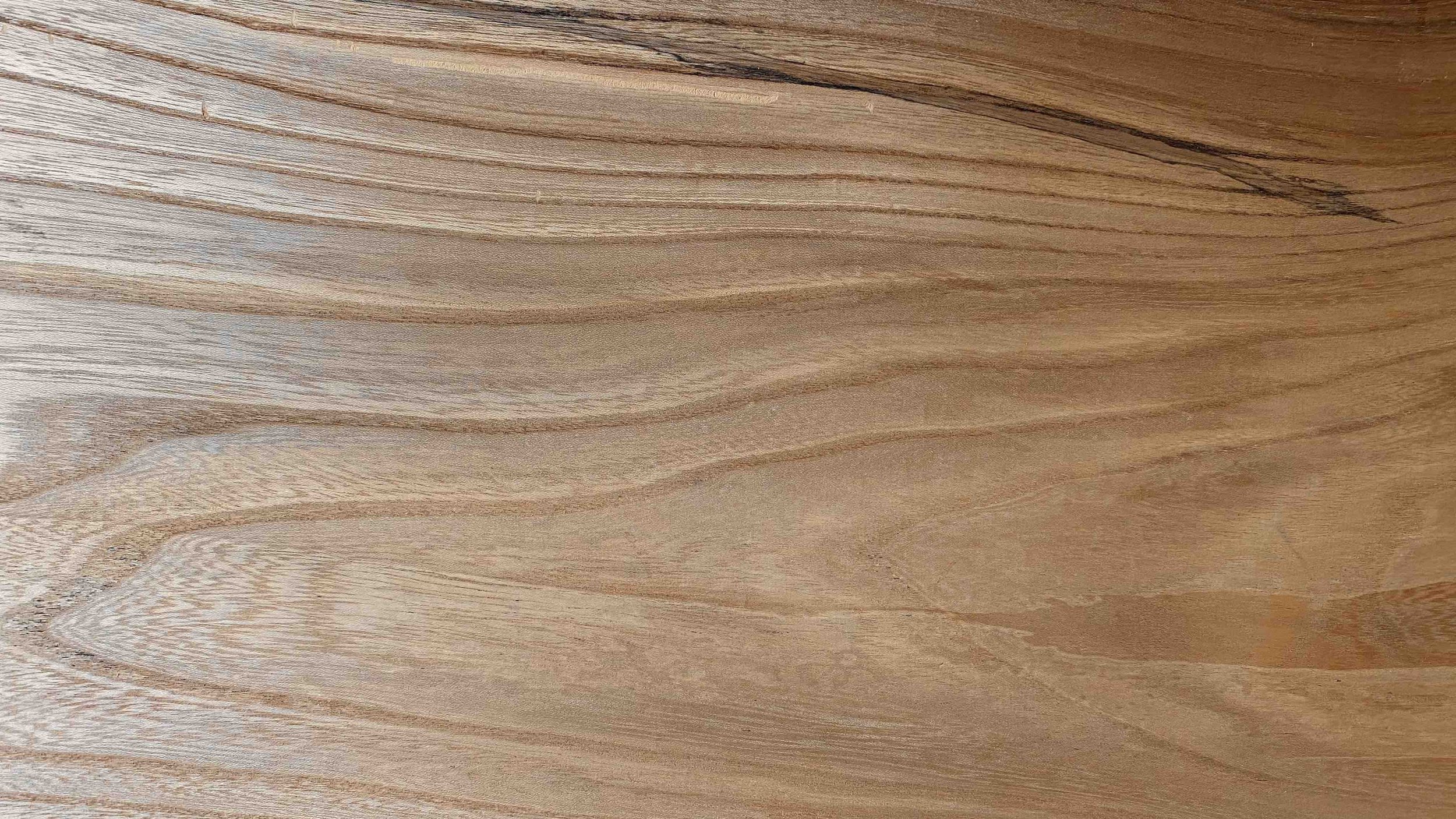HOME - SCOTTISH TIMBERS - ELM

ELM
Elm is a highly valued hardwood for both its practical uses and its beautiful appearance.
Elm boards showcase a broad spectrum of shades – in comparison to the majority of other Scottish hardwoods, darker elm boards exhibit a deep brown figure while lighter elm tones offer warmer honey or tan shades.
Elm is renowned for its colorfulness; within elm timber, subtle streaks of green, pink or purple can commonly be found, following the grain and adding beautiful and unique figure to the wood.
Elm
Wych elm
Elm pocket
Burr Elm
Mature, gnarled elm trees produce timber highly sought after by the timber trade. Elm's gnarly features contribute to beautiful characteristics in its timber, such as elm pockets, burrs, pipping and natural waney edges – all of which are very popular in the trade.
Uses & Qualities
Common Uses:
Furniture & Cabinet Making, Worktops & Tabletops, Decorative Woodwork, Steam bending
Qualities:
- Medium to Course Texture – Durable in anaerobic conditions (underground or under water) – non durable in aerobic wet/dry situations
Workability:
Nails, Screws, Glues and Finishes Well - resistant to splitting and warping
Machines well, with moderate blunting effect on blades
Elm is often sought after in woodworking and furniture making due to it’s figure and colouring: Elm has a prominent grain pattern that adds to its appearance and its variety in hues can add striking contrast, making Elm a statment piece when laid in situ with other timbers.
Wood burrs are commonly found on Elm and are a feature of the tree’s growth – Elm burrs make standout features that can be complimented beautifully by a natural waney edge.
Elm is resistant to splitting and warping, making it a relatively stable timber and an excellent choice for furniture such as tabletops, worktops and benches that require long, flat surfaces.
Elm can also be used for flooring, however it doesn’t hold the same density as ash or oak and therefore elm floors are more prone to scratches and dents over time. Elm timber is also becoming hard to come by due to a disease that has killed off a large amount of the UK’s elm trees – it may be difficult to find a timber supplier with a large enough volume of Scottish elm to produde a whole floor.
